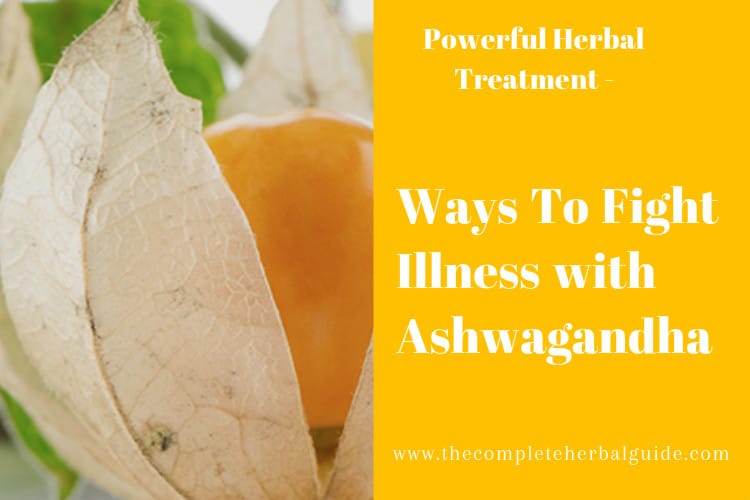
Boswellia: the Secret Anti-Inflammatory With Virtually No Side-Effects
Boswellia is an herb extracted from the gummy resin of the Boswellia serrata tree bark, a species native to India. Boswellia serrata is a moderate to large branching tree found in the dry hilly areas of India. When the tree trunk is tapped, a gummy oleoresin is exuded.
The gum oleoresin consists of essential oils, gum, and terpenoids. The terpenoid portion contains the boswellic acids that have been shown to be the active constituents in boswellia. The boswellic acids in Boswellia are active ingredients of the herb.
All boswellic acids have a pentacyclic structure based on 12-ursen-24-oic acid with differing substituents. Many individual boswellic acid compounds have been isolated from the Boswellia extract including alpha and beta boswellic acids and derivatives. It has been shown to inhibit the production of certain inflammatory chemicals (leukotrienes) in the body. Boswellic acids have been found to have much the same effect as the nonsteroidal anti-inflammatory drugs (NSAIDS) typically prescribed for arthritis.
Boswellic acids block white cell activity in damaged tissue, inhibiting the inflammatory response; and they also work to enhance blood flow to the joint region. Boswellic acids may interfere with enzymes that contribute to inflammation and pain. Boswellia is a significant herb in the ayurvedic system of health and healing.
Historically, the guggals were recommended by Ayurvedic physicians for a variety of conditions, including osteoarthritis, rheumatoid arthritis, diarrhea, dysentery, pulmonary disease, and ringworm. Boswellia is mainly used for its anti-inflammatory and antiarthritic properties. Boswellia may provide benefits for treating osteoarthritis and rheumatoid arthritis.
Boswellia’s anti-inflammatory properties can help to reduce aching and stiffness, especially when associated with low back pain. It can be taken internally as well as applied topically to affected joints to relieve inflammation associated with these joint disorders.
This herb may improve symptoms of :
- ulcerative colitis (inflammatory bowel disease)
- abdominal pains
- loose stools
- mucus
- blood in the stools.
Boswellia may also be beneficial in asthmatics and may also reduce fluid retention associated with brain tumors. According to Dr. Axe, inflammation is now being associated with almost every health condition associated with man.
Table of Contents
Types Of Boswellia
While Boswellia serrata is the most popular type of boswellia used to treat various disorders and symptoms, it’s not the only type. There are at least three other popular forms of boswellia: boswellia carteri, boswellia frereana and boswellia sacra. Each comes from a different plant species, although all are closely related and medically used in similar ways.
Boswellia carteri contains high levels of incensole acetate and triterpene acids, two chemicals tied to tumor prevention and strong anti-cancer effects. Boswellia carteri has been the subject of many studies investigating tumor cells and shows positive effects on stimulating the immune system and treating various forms of cancer, including bladder cancer.
The four species of boswellia all produce frankincense resin, or extract, which comes in varying concentrations or “grades” depending on a few factors. Things like the time of year frankincense were harvested, how it was extracted and how pure it all affects its quality. The soil and climatic conditions used to grow boswellia trees are mostly responsible for the different types of frankincense resins available on the market today. It’s believed that boswellia sacra trees are capable of growing in tough climates and in soil that is very rocky, which allows them to survive and live longer.
Boswellia sacra trees begin to yield frankincense resin after they’re about 8–10 years old, at which point they give off the precious sap several times per year. The last tap of the year is said to be the best, producing the highest-quality oil, which is mostly concentrated with bioavailable terpenes, diterpenes, and sesquiterpene.
Experts say that the color of frankincense resin is directly related to its quality. When resin is clearer, it’s considered higher quality. Frankincense CO2 is said to be an exceptional grade, which is usually grown in the wild in parts of Somalia. The CO2 process helps to capture a broader spectrum of the beneficial volatile oils and produces a “clear, rich, smooth, and outstanding aroma.”
How to Use Boswellia Seratta
You can take boswellia as a supplement or use frankincense essential oil. Frankincense oil has many uses ranging from healing your skin to speeding up recovery when you’re sick, making it one of the most popular essential oils used worldwide.
Use a few drops of pure frankincense essential oil placed under your tongue, on the roof of your mouth, or mixed into a tea to safely take it internally. You can also use frankincense essential oil by adding it to an oil burner or diffuser, which helps break up mucus, cleanse the nasal passages, and ease pain from respiratory or sinus conditions.
To use frankincense on your skin, mix it with a carrier oil like coconut oil or jojoba oil and do a patch test first to make sure you don’t react negatively before using it on larger areas of your skin. If you’re prone to sinus infections, allergies, or asthma, then add a few drops to a cloth and inhale deeply several times per day.
If you rather take boswellia in supplement form, look for a high-quality powdered capsule that’s convenient and just as effective. Check for the species name Boswellia Seratta, and avoid brands that use artificial fillers and additives.
Look for standardized extracts that contain at least 37 percent boswellic acids, which might be labeled as boswellin. Higher percentages around 65 percent or more are even more pure and effective. When it comes to proper dosages, it depends on how concentrated the extract is and the level of boswellic acids present, so always start slowly and carefully follow the directions on the package.
The following dosages of boswellia are often recommended, although it depends on your specific goals and current health condition:
- For lowering inflammation, take 600 to 900 milligrams of boswellia standardized (60 percent to 65 percent boswellic acid). This dosage might require taking several capsules daily.
- For treating inflammatory conditions like arthritis, osteroarthritis, asthma, chronic pain, inflammatory bowel disease, or injuries, try a higher dose between 900–1,200 milligrams per day.
Are There Any Boswellia Side Effects?
Boswellia and frankincense seem to be well-tolerated by children, but if you’re pregnant, don’t plan on taking boswellia without speaking with a qualified health care practitioner first. If you’re currently taking NSAID medications, don’t take boswellia extract without guidance from your doctor.
Keep in mind that it might take several months for boswellia to have the most effects, so give it time to work best and reduce pain or swelling before stopping.






